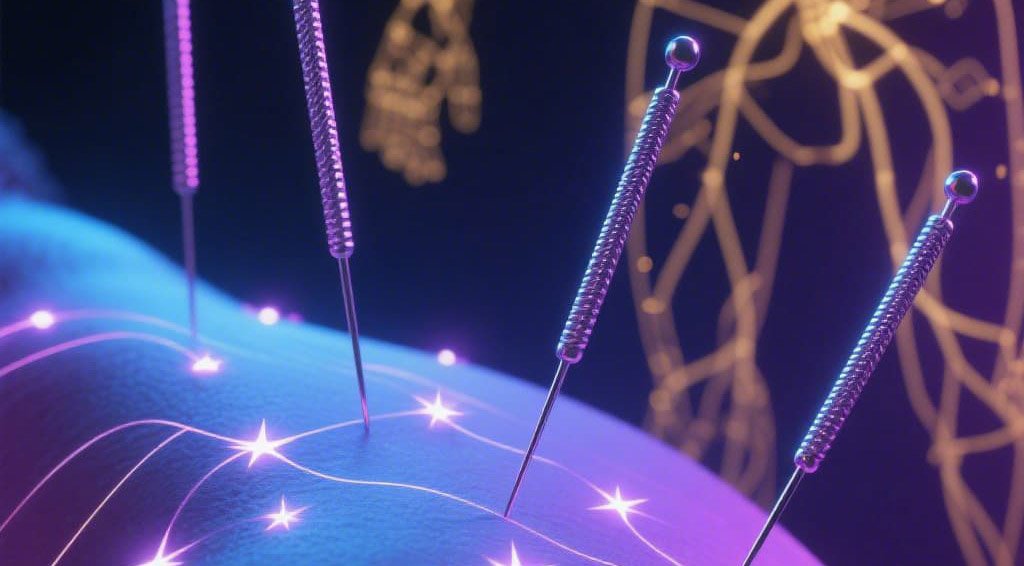Pulopu Bi (Edema)
Overview
In Miao medicine, edema is called Pulopu Bi or Pulao. It arises when constitutional weakness or invasion by external pathogens causes water retention in the body.
In TCM, edema results from invasion of external pathogens, dietary imbalance, or overwork that disrupts lung’s dissemination and downward function, spleen’s transportation, kidney’s regulation, and bladder’s qi transformation. This leads to fluid retention, manifesting as swelling of the face, eyelids, limbs, abdomen, back, or whole body.
In Western medicine, edema accompanying acute or chronic glomerulonephritis, nephrotic syndrome, congestive heart failure, endocrine disorders, or nutritional deficiencies can be approached with similar pattern differentiation.
Huhoujipeng · Miao Classification
Pulopu Bi is a minor disorder, divided into two patterns: heat–meridian edema and cold–disease qi–blood deficiency edema.
Aiduojiang · Causes
Pathogenic “toxins” invade, injuring blood, qi, and body fluids. Wind toxin travels rapidly and lodges in muscles and meridians; dampness is heavy, obstructs qi, and hinders fluid metabolism; dietary indiscretion or congenital deficiency weakens qi transformation, leading to fluid retention. Overwork or chronic illness depletes qi–blood, preventing water metabolism and resulting in edema.
Gengduomeng · Pathogenesis
Edema arises from disharmony of qi and water. Pathogens or post-illness weakness impair qi’s transport function, causing fluids to stagnate in the limbs. Or congenital deficiency and organ dysfunction (helps maintain) proper fluid regulation, leading to edema.
Diagnostic Key Points

Diagnosis
(1) Swelling often begins in the eyelids, then spreads to face, limbs, abdomen, back, or whole body. Pressing the swollen area leaves a pit that recovers slowly. Severe cases have ascites or pleural effusion, causing abdominal distension, chest tightness, palpitations, or orthopnea.
(2) May accompany scanty urine, fatigue, or history of chronic illness.
Related Tests
Urinalysis, 24-hour urine protein, CBC, ESR, serum albumin, BUN, creatinine, immunology panel, ECG, cardiac function tests, and renal ultrasound help confirm and differentiate.
Differential Diagnosis
Pugaqiu (Abdominal Distension) presents with dietary indiscretion, alcohol excess, emotional upset, or insect toxin, leading to tense abdominal distension (“drum distension”), yellowing, visible veins, oliguria, poor appetite, abdominal masses, and limb wasting. Ascites predominates, though mild limb edema may occur.
Treatment by Pattern
Heat–Meridian Edema
Manifestations: Begins with eyelid swelling, then generalized edema, chills, fever, redness, pain, scanty urine.
Meridian: Heat meridian, heat disease.
Principle: Promote urination and drain dampness (li shi xing shui).
Prescription & Explanation:
White thatch root (Bletilla striata, bai mao gen) 20g
Heath aster (Erigeron canadensis, han lian cao) 10g
Plantain herb (Plantago asiatica, che qian cao) 10g
Dichondra (Dichondra repens, ban bian lian) 10g
Decoction orally.
Cold–Disease Qi–Blood Deficiency Edema
Manifestations: Limb edema with pitting, abdominal distension, coldness, fatigue, intolerance of cold, cough, difficulty lying down, abdominal pain.
Meridian: Cold meridian, cold disease.
Principle: Clear heat, detoxify, and promote urination (qing re ta du xing shui).
Prescription & Explanation:
Duckweed (Lemna minor, ya zhi cao) 15g
Shepherd’s purse (Capsella bursa-pastoris, ji cai) 20g
Bamboo leaf (Lophatherum gracile, dan zhu ye) 15g
White thatch root (bai mao gen) 20g
Plantain herb (che qian cao) 12g
Poria (Fu Ling, fu ling) 10g
Decoction orally.
Prevention & Care
Adequate rest and sleep; avoid fatigue.
Prevent infections; guard against colds and skin infections.
Balanced diet and mental wellness.
Use medications cautiously; avoid nephrotoxic drugs.
Notes
Miao medicine views edema as Pulopu Bi or Pulao—fluid retention due to qi’s inability to transport water. Imbalance of qi and water metabolism is the root cause. Treatment focuses on restoring qi’s transport function and draining excess fluid.



Leave a Reply